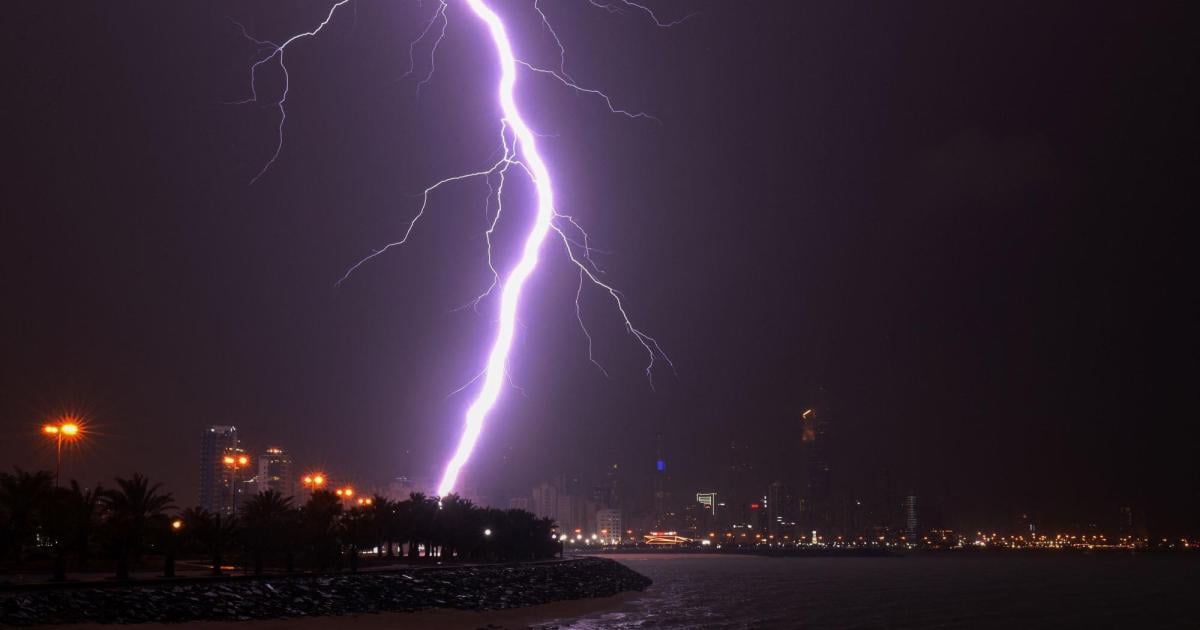© APA / AFP / Yasser El-Zayyat / Yasser El-Zayyat
According to a new study, the volcano erupted Honga Tonga – Hong Haapei Most lightning strikes recorded so far have occurred in a thunderstorm. In total there were more than 192,000 flashes With peaks of 2,600 flashes per minute. the 11 hours processing By analogy with the intensity of lightning, a thunderstorm was the most powerful thunderstorm recorded of all time. It spread over 150 miles.
The volcanic eruption began in December 2021. The largest eruption occurred on January 15, 2022. Although the volcano’s caldera is located in the South Pacific Ocean, 150 meters below sea level The explosion pierced the water and almost threw up a cloud of ash 60 kilometers Up in the air.
eruption rate with 5 billion kilograms per second It was more powerful than the May 1980 eruption of Mount St. Helens – one of the most powerful volcanic eruptions of the 20th century.
Exceed all theoretical limits
According to the author of the study Alexa Van Eaton From the USGS, there are theoretical limits for ash cloud height and volcanic eruption rate. The Hongga Tonga eruption exceeded both these limits and the number of lightning strikes.
➤ Further Read: Tonga Volcano Eruption: This Is How Powerful The Explosion Was
The flashes were recorded by radio antennas and two satellites. the satellite GOES-17 It comes from the US National Oceanic and Atmospheric Administration (NOAA), the Himawari 8 by the Japan Meteorological Agency.
Lightning over Honga Tonga
© AGU / Van Eaton et al./ Geophysical Research Letters
According to the satellite imagery, the lightning strikes did not spread randomly through the cloud, but rather occurred in several concentric rings. Such episodes have been observed before, but not often at the same time. A total of 4 – matches are selected 4 stages of a volcanic eruption.
lightning source
The cloud was characterized by a strong vertical movement. The researcher said that the blast wave, which moved outward from the center of the cloud, extended for several kilometers. This fluctuating wave was the source of the lightning.
Researchers have a theory about how many lightning bolts could have formed within the blast wave. Because the eruption took place underwater, it dumped a lot of water into the Earth’s atmosphere. This made them The ice crystals formed are positively and negatively charged. At the same time, part of Ionized volcanic ashwhich leads to multiple regions of positive and negative charges.
The study was In Geophysical Research Letters published.

“Social media evangelist. Baconaholic. Devoted reader. Twitter scholar. Avid coffee trailblazer.”








More Stories
Data Leakage: Android TV can expose user's emails and files
“His presence speaks powerfully.”
Ubuntu 24.04 LTS: The big Linux update changes a lot, but not just for the better – Linux-Unix